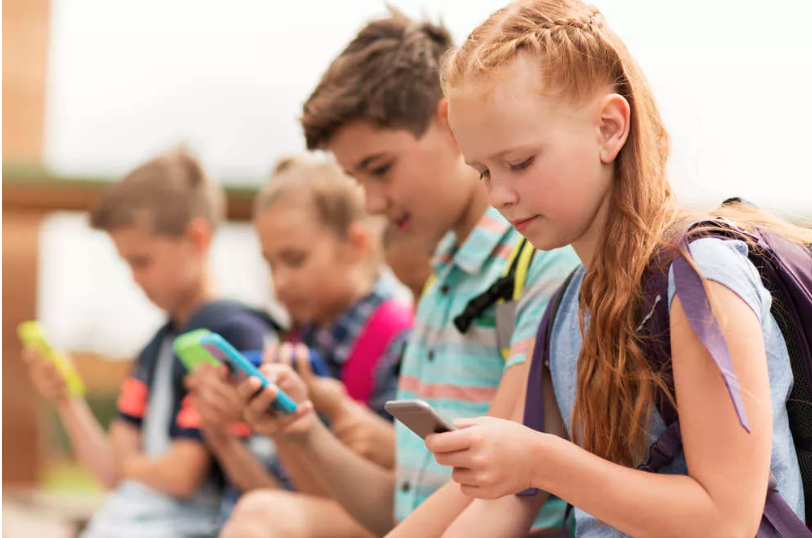Live and Die for a Selfie
In the age of social networking and communication, image is everything –
sort of mantra that resonates and reverberates in both traditional and
digital media. To appear to be or not to be, this
seems to be the new and insane rule to follow, to show the world you exist,
even at the cost of losing your life.
A global phenomenon that involves young and old, a trend that has its roots
in the past but that, today, also reaps victims: as a matter of fact, if
the selfie seemed like something nice to remember good times, now you may
lose your life hoping to capture a moment of thrill, an astonishing
sensation, that attracts a large number of likes or followers.
A race towards an illusory success that sometimes, however – too often
lately – leads to death.
The data of those dead due to the selfie
Already a year ago, the Carnegie Mellon University of Pennsylvania had
compiled a list of 170 names of people who died for extreme selfies. All
dead for trying to photograph themselves on a bike, then hit their heads
and die, on top of a building hanging from an eave, then losing their grip,
or even on the high-speed train tracks…
A trend that has no age boundaries, but often decrees the end of life for
the very young that escape their parents’ control and law enforcement in
search of the “coolest” selfie that lets them brag about themselves.
This phenomenon is so fast-growing that some states’ laws have banned
selfying: the Indian state of Goa, for example, has decided to ban selfies
because of the numerous deaths caused by repeated attempts to make extreme
shots.
Why do we take selfies?
Selfie means self-timer, but semantically it also means “little self,” as
suggested by
Pamela Rutledge, of the Massachusetts School of Professional Psychology
, since the diphthong “ie” refers to the diminutive connotation of
affection.
31% of teenagers take selfies to remember, 11% due to boredom and 8.5%
to laugh. 15.5% share all the selfies on social networks and WhatsApp,
especially girls. Data already emerged in 2016 following the survey by the
Observatory on adolescent trends and behavior, led by Maura Manca,
psychotherapist and director of AdoleScienza.it.
In a historical period contaminated by cell phones everywhere, the selfie
has the best of every form of communication: it is the expression par
excellence of the empty narcissism that characterizes our time. Sometimes
senseless and deadly, it represents nothing but the desperate attempt to
affirm one’s own identity and feel part of a system.
The gratification deriving from the sharing of one’s own image is decreed
by the signs of consent that the virtual communities offer (liking,
sharing, commenting). Looking for a personal branding or marketing of
yourself, you end up losing everything, even your life.
The possibility to share those moments immortalized in a photo, daughters
of a sporadic use of advanced technological tools, contribute to giving
life to what Musil called the “man without quality”: fickle, without a
purpose in the service of which to place his great intellectual talents.
As Christopher Lasch argues, over the years the concept of
narcissism has taken on a social dimension, reflecting everyday trends and
behaviors, and that the fall of the great ideologies has led to models of
exasperated individualism that have edged towards egotism or cult practices
of one’s body or sexual liberation.
A pathological narcissism, pushed to the extreme with the arrival of social
networks and that today is experienced as socially acceptable behavior.
After all, anyone can enjoy the great feeling of looking at their own
selfie and realizing that they have created a fantastic work…but calling
for a loss of life to take a selfie that you risk never see!
But why are the youth so attracted to selfies?
Young people have always needed to define and affirm their own identity.
During adolescence, above all, and throughout life, anyone needs to define their own “self” in a continuous
oscillation between the “personal self” – that is how everyone sees oneself
– and the “social self,” how others perceive ourselves.
In periods of definition of one’s own identity, like adolescence, selfies
become one of the most used tools to understand who one is and who one
wants to become.
The question arises: but in the past, without selfies, how did you create
your own self? Through interactions with peers, reference groups, and one’s
family.
And the crux of the matter is always the same: the lack of time dedicated
to young people, in an extremely delicate period for their growth and
development.
A group of peers that is ever more virtual, who shares only the beautiful
parts of life. After all that, who would share the bad or sad moments on
social networks?
A family unit in which the rules are set aside and everything is justified
in the name of modernity and the use of technology.
In addition,
adults become ever more adolescent and compete with their children even
on social media. Parents are becoming more like a friends and less like
a parents and therefore less attentive to the consumption habits of
technological tools.
In short, it would be enough to set aside the phones during dinner, devote
more time and energy to understand what youth really want, support them and
help them in defining their own self without demonizing the technological
means but helping them to understand some real (off-line) social dynamics.
Listening plays a fundamental role.
Behind the selfies that are more or less dangerous, there are guys
looking for social reassurance that maybe they do not even have it inside
their own home. Parents have the task of taking on this new challenge,
starting a dialogue in the family, and transforming the table at home in a
moment of conviviality where
tablets and smartphones remain switched off and in their pockets.














